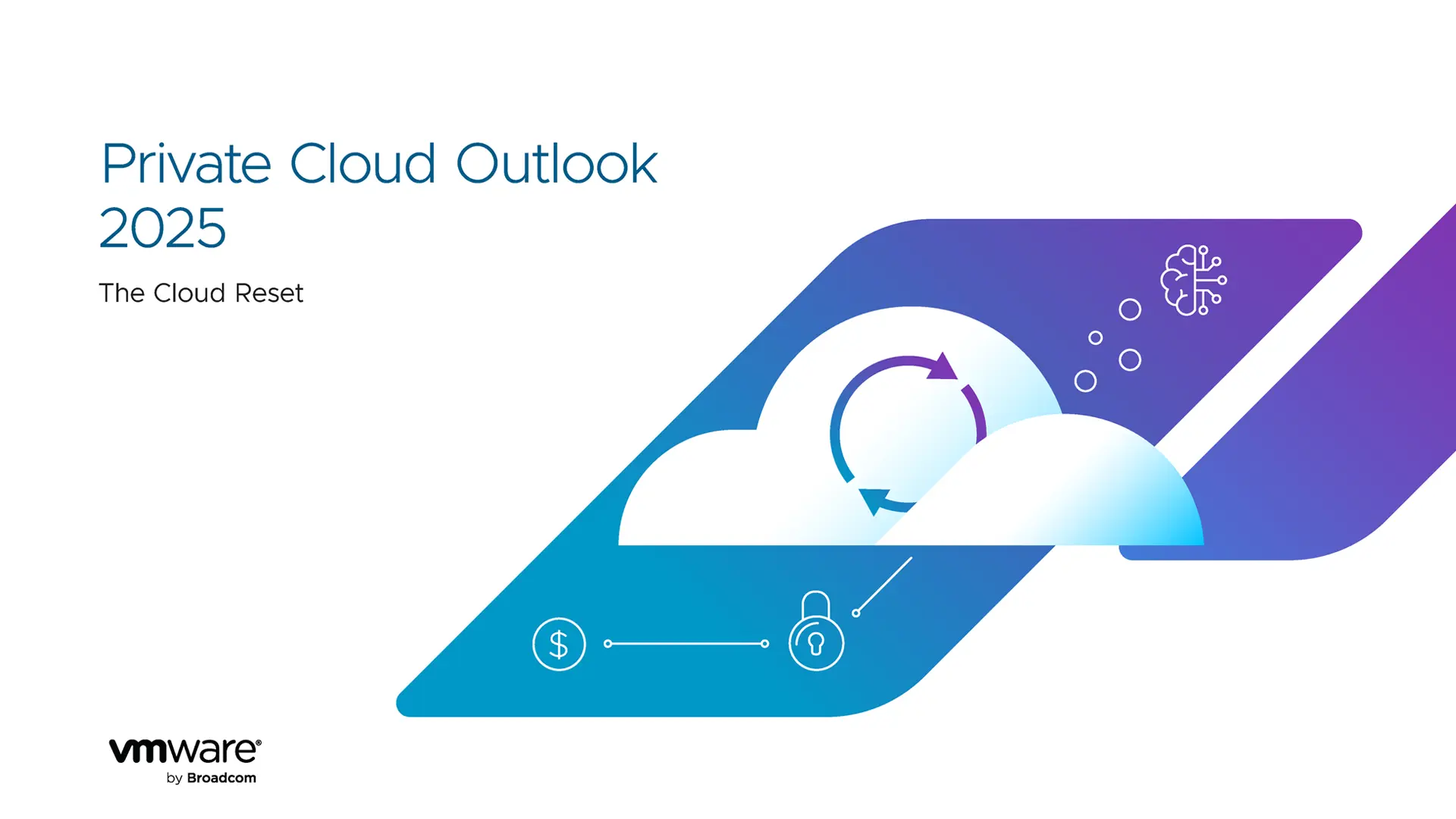Disaster recovery (DR) is the process by which an organisation regains access to IT infrastructure and data in the event of a disaster. It ensures that organisations can effectively respond to and recover from natural disasters, technological failures, cyberattacks, or any other unforeseen events that could potentially result in a slowdown, interruption or network outage in an IT system.
By implementing a robust disaster recovery plan, businesses can:
- Minimize downtime
- Mitigate financial losses
- Protect valuable data and assets
- Maintain customer trust
- Swiftly resume normal operations
Disaster recovery planning is therefore key to ensuring that businesses can sustain a competitive edge and thrive, even in the most challenging industries.
How does disaster recovery work?
Disaster recovery relies on another location to store data and take over computer processing in the event of a disaster or outage at a data center. If a disaster occurs, the DR site or secondary data center is used until the primary site location and systems are restored.
To reduce the likelihood of a technology related disaster, businesses should ensure that networks are as secure as possible with reliable and updated infrastructure, configured to the correct requirements. Equally, employees should be made aware of potential cyber threats and best practice for mitigation against an attack. However, these preventative techniques cannot mitigate the risks of natural disasters, and in those cases, it is imperative that your organisation has an adequate procedure in place.
Being able to identify a disaster is also crucial, in order to respond appropriately. A real time detection measure is necessary to signal unexpected events and get critical applications and infrastructure up and running as soon as possible.
What are the benefits of disaster recovery?
In the event of an outage, insufficient disaster recovery planning can have devastating impacts for a business, such as complete loss of data, loss of clients, damaged reputation and even complete business failure. However, by having suitable disaster recovery in place, your organisation can benefit from continuous operations, increased security and customer retention, as well as reduced recovery costs.
- Continuity: Having a disaster recovery system in place plays a role in a business continuity plan, which allows all business operations to continue, often without any interruption, during the event of a disaster or outage. Every moment an organisation’s IT infrastructure is offline it increases the extent of damage to the business. The ITIC 2021 Hourly Cost of Downtime survey found that 91% of medium-sized to large enterprises lose upwards of $300,000 per hour of downtime. Both internal and external operations can grind to a halt, temporarily terminating sales and slowing productivity by limiting access to internal tools.
- Security: All businesses are vulnerable to ransomware attacks, where criminals demand compensation to allow users to access their own data. Nevertheless, being unprepared for a data disaster can multiply the loss ten-fold. An effective way to limit the loss incurred in the event of a ransomware attack is by incorporating data backup into your disaster recovery program. This way, in the event of a ransomware attack, you can restore a readily available backup of your information that is not at risk of being compromised.
- Improved customer retention: The reputational impact of a data related disaster can have long term impacts on an organisation’s reputation and can raise concerns regarding the security and safety of the way the business stores customer data and information. With proper disaster recovery planning, you can limit the risk of this type of reputational damage happening
- Cost efficiency: A data disaster can have devastating financial consequences that negatively impact business revenue in different ways, including a loss of sales, a fall in productivity and other financial penalties. A disaster recovery plan helps businesses avoid these consequences. Additional cost benefits can be reaped by using a cloud service to back up data, rather than on-premise infrastructure.
Disaster recovery methods
From traditional physical backups to advanced cloud-based solutions, there are many techniques and technologies available to utilize in a disaster recovery solution. By understanding these methods and choosing the optimal solution, organisations can become more resilient to a disaster taking place.
Backup
Backups are the most common type of disaster recovery and entails storing data on an offsite system, location or a removable drive. Backups, however, do not include IT infrastructure, therefore can’t be defined as a full disaster recovery solution.
Backup as a Service (BaaS)
Web hosting providers usually offer BaaS, a method by which standard backups are outsourced. This service is where a third-party provider will offer regular remote backups to ensure a copy of the entire onsite server to an offsite location.
Disaster Recovery as a Service (DRaaS)
DRaaS is a comprehensive cloud-based solution that enables businesses to outsource their disaster recovery processes. It provides a reliable and scalable framework for data backup, replication and recovery, ensuring business continuity in the event of a disaster. With DRaaS, organisations can mitigate risks, minimise downtime, and swiftly recover their systems and data with the support of a specialized service provider.
Hot, Cold and Warm disaster recovery sites
There are three types of disaster recovery sites that store data and take over computer processing: hot, warm and cold. By understanding the differences between the types of recovery sites, you can then choose the optimal solution to support your specific company needs and.
Cold computing sites: A cold site is a secondary data center or backup facility that consists of basic elements providing power, network capability and cooling. With little or no hardware equipment installed, a cold site does not allow access to a network, servers or storage. When using a cold site, backup data and some additional hardware must be sent to the site and be installed. A cold site is the most cost-effective option out of the three recovery sites, however, takes the longest time to resume business operations after the event of a disaster.
Warm computing sites: A warm disaster recovery site contains all the elements of a cold site, in addition to network connectivity and pre-installation of the required hardware equipment. A warm backup site has less operational capacity than the primary site as there will be a delay in retrieving data from the remote backup site. Daily or weekly data synchronization between the primary and secondary sites is carried out, which may cause a small amount of data loss. For businesses that handle less important data and can live with a brief period of downtime, a warm site is ideal.
Hot computing sites: A hot computing site is a fully functional backup site that mirrors all elements of the host site including network systems, IT infrastructure and complete backups of data. When moving from the host site to the backup site, there is virtually no downtime.
To find out how our disaster recovery solutions could help protect your business in the event of any kind of disaster, get in touch with a Hyve expert today.




